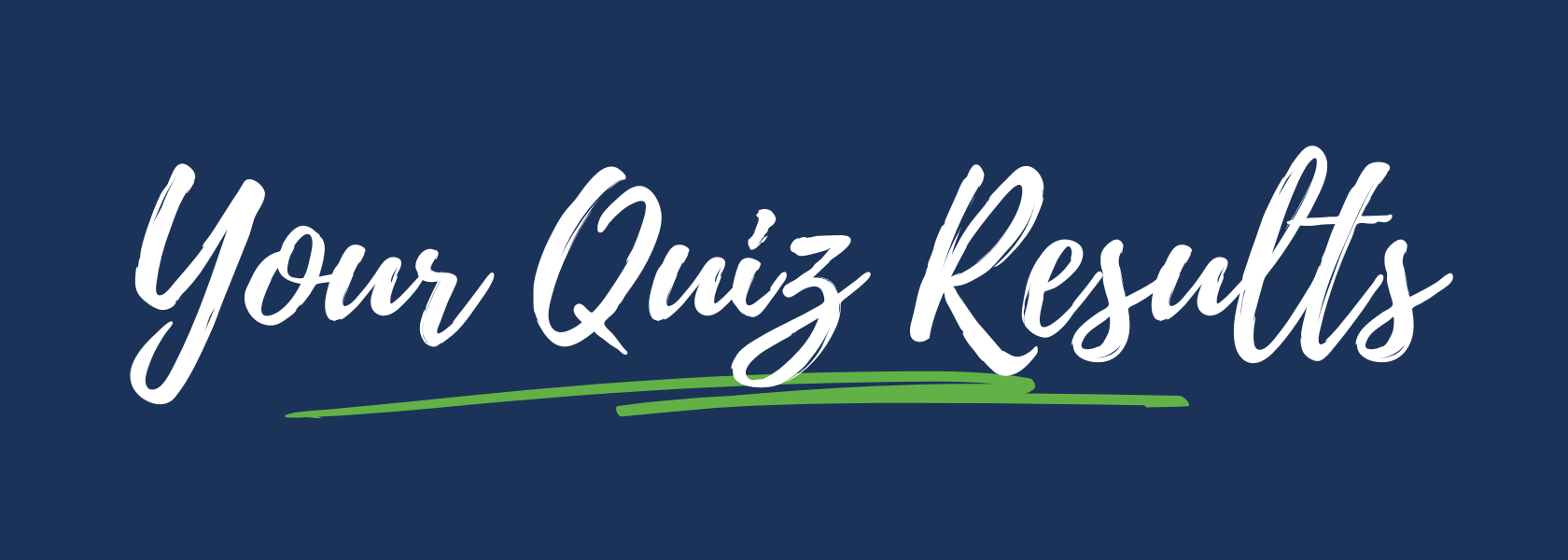We crunched the numbers (well, sort of), and here’s what your answers say about where your school is and where you might go next.
YOUR SCHOOL is ready for…
Word Recognition and Phonics Foundations
🎉 Congratulations! You’re stepping into the essential work of strengthening decoding, morphology, and fluency, especially in the early grades and for multilingual learners.
You’re looking for clarity: a scope and sequence that’s intentional and research-aligned, instruction that’s explicit, and routines that help students pull any word off the page.
You’ll want to start tackling important questions with the whole staff:
How do we ensure every student builds a strong foundation in word recognition?
What does consistent, aligned phonics instruction look like across grades and classrooms?
How do we support older students who still have gaps in decoding and spelling?
Now is the time to examine phonics instruction, small group supports, and fluency routines, starting with shared understanding of how word recognition develops and why it matters.
Some teams are still in the process of adopting or designing a program. Others have already brought in a solid, research-backed resource, but know that the next big lift is building teacher buy-in, consistency across classrooms, and deepening day-to-day implementation.
You’re not just adopting or designing a program. You’re creating coherence and building the foundation for long-term growth. When a child can read the words, you’re opening the door to a lifelong love for literacy.
Let’s get started.
Start here.
Course Taster: From Sound to Sight: Phonics 101 in International Schools
Have K–3 teachers watch the videos from Phonics 101 to build shared understanding of how word recognition develops and why phonics instruction matters.
Next…
Course Taster: What’s Next for Word Recognition: Planning Responsive Small Groups (K–3)
Then, explore the selected clips from the Small Groups course to prompt discussion around assessment practices, group formation, and how to protect time for responsive instruction.
Then…
Use the Phonics 101 Padlet to reflect on your school’s current phonics routines. What’s already aligned with the research? What’s missing or inconsistent?
Click the image to access the resource.
Finally…
During a team meeting, use the Compass Points thinking routine to surface practical and emotional insights before moving into planning:
N (Need to Know) – What information do we still need to move forward confidently?
E (Excited About) – What ideas or shifts are energizing us right now?
S (Suggestions/Support) – What could help make this work more doable?
W (Worries) – What concerns or uncertainties are coming up?
Based on these conversations, begin drafting a simple shared plan for scope and sequence or small group routines — focusing on clarity, alignment, and sustainability.
Revisit this work during onboarding and future PLCs to ensure consistency and shared purpose across grade levels.
Like what you’ve unlocked?
These tasters are just the beginning.
Want full access to this course - plus our entire library of professional learning resources, planners, tools, and on-demand sessions? It all lives inside the EKC Community Membership.
Ready for more? Drop your name and email below, and we’ll be in touch to explore the right access path for your school.





